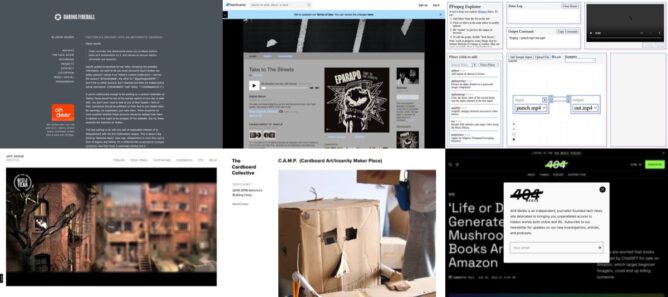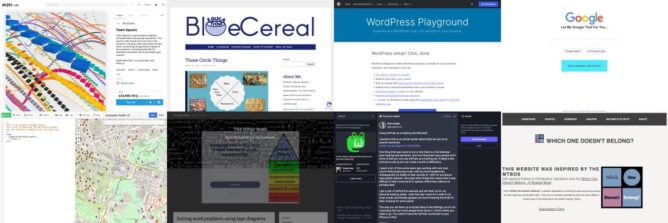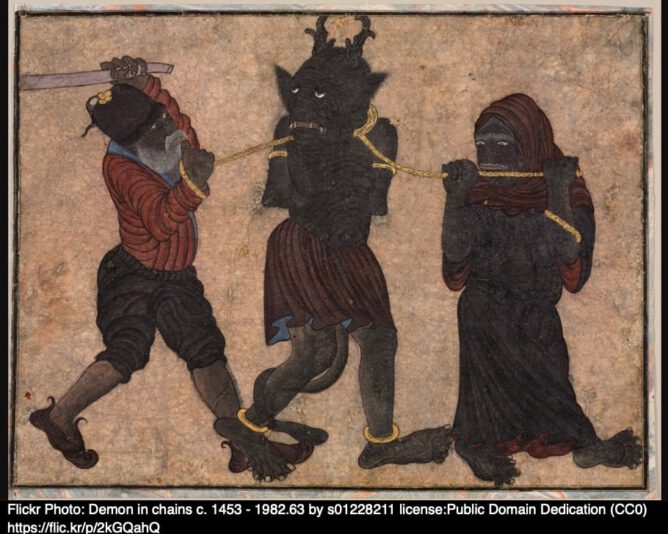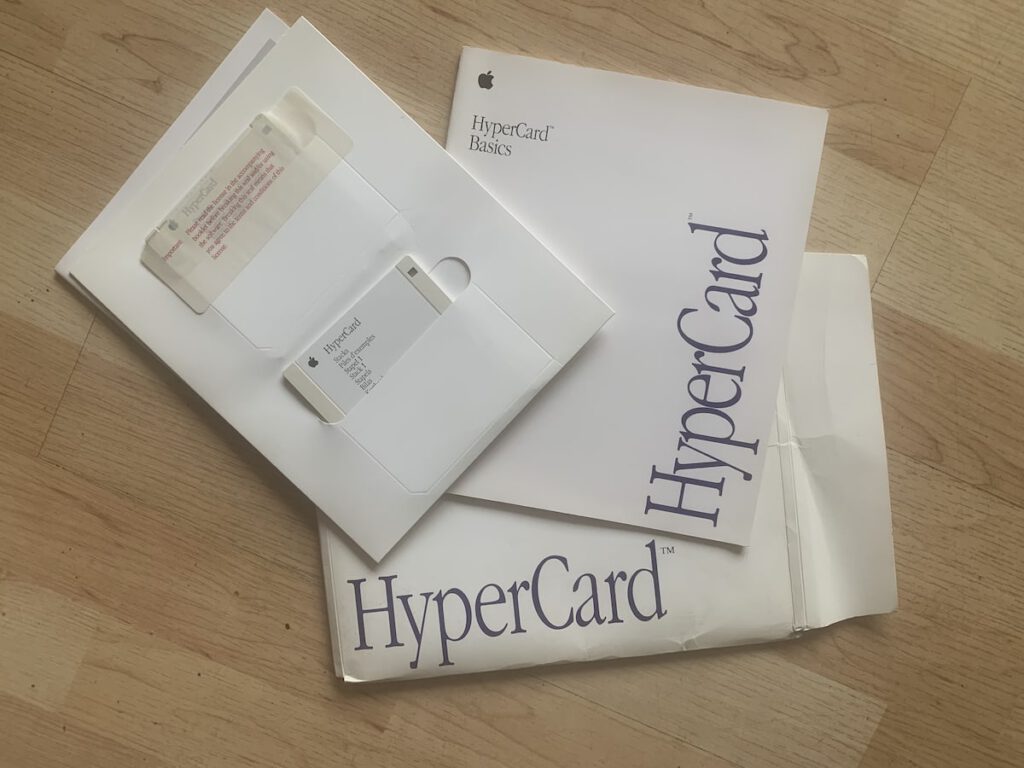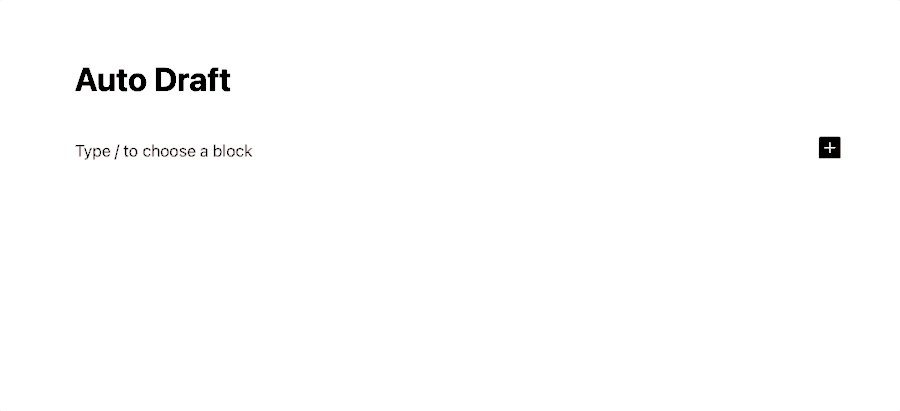Some links and interesting things I’ve noticed over the last couple of weeks
Cardboard
I like using cardboard in school, some inspiration.
2023 C.A.M.P.The Cardboard CollectiveThe Warehouse
As a working artist, I engage with kids as co-creators, seeking to share knowledge and expertise in context as ideas unfold and discoveries are made. I also share the art research processes and methods I use in my own art practice, as we take on projects big and small.
Amber Dohrenwend, Artist – Cool Tools
Amber Dohrenwend is an American artist based in Marquette, Michigan. She constructs post-consumer cardboard sculptures, costuming and installations.
Amber Dohrenwend build an art installation out of locally recycled cardboard strips.
Tech
A tool to help you explore FFmpeg filters.
My use of ffmpeg is very basic indeed, mostly taking images and making video from them. This is much more advanced. I remember trying to make a video grid. Altough that post claims a quick try it took me a while and gave me a real headach trying to expand the grid. FFmpeg Explorer has an example that shows you how with a click. (can’t recall where I got this one, but thanks)
TiddlyPWA — TiddlyWiki Storage & Sync Solution
Have you ever wanted to combine the power and customizability of TiddlyWiki and the convenience of a modern offline-friendly, encrypted, synced notes app? Now you can! With…
HT Joe I use TW a bit at a beginners level. This looks nice and the syncing is interesting.
Media
My daughter sent me this, nice.
Rear Window Timelapse – Jeff Desom
Meticulously assembled using After Effects and Photoshop, Rear Window Loop is a large scale projection that shows Alfred Hitchcock’s 1954 masterpiece as a never before seen panorama.
We were watching a tv show about Hitchcock, reminded me of this video.
Worrying
Daring Fireball: Twitter/X’s Descent Into an Antisemitic Cesspool
Antisemitism is more than just a form of bigotry and hatred, it’s a millennia-old conspiratorial crackpot worldview. And Elon Musk is seemingly sinking into it.
Still the social network of choice by schools in Scotland.
The featured images is a montage of screenshots of some of the links. I’ve done that twice, so made an AppleScript.

